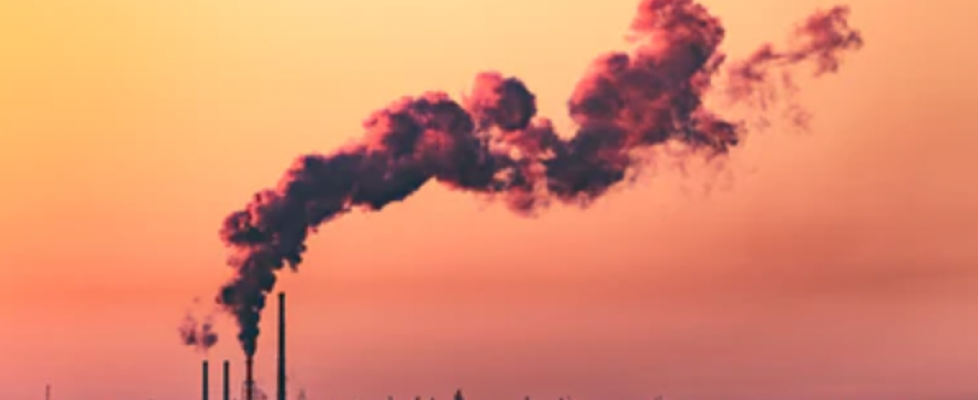Planet
According to the United Nations (2021), textile dying is ‘the second largest polluter of water globally’. With water systems being impacted and carbon emissions increasing, prioritising sustainable guidelines in the fashion industry is necessary to give way to a better future for the planet.
Circular economy in the fashion industry refers to a more regenerative system by minimising waste and carefully monitoring the processes in the supply chain. Possible methods in creating a more circular fashion industry could include up-cycling materials and shifting to cleaner technology. Many companies are setting initiatives to reduce disposal and educate consumers. In the 2022 Drapers Sustainability report, in 2021 ‘Nona Source rescued 70,000 metres of fabric… from a single LVMH brand’, and continues to work with different labels to help repair and recycle fabrics. By reusing dead stock fabrics, Nona Source significantly reduces material waste which improves the circularity within the textile industry.
More transparency, from fast fashion to designer brands, could help prevent greenwashing. This would allow consumers in the industry to make more informed decisions and shop from eco-friendly brands. Over the recent fifteen years, ‘the number of times a garment is worn has declined by 36%’ (UN 2021). This causes environmental issues if consumers are purchasing and disposing clothing more frequently. From a psychologist’s perspective, in chapter ‘Fashion Consumption’, Mair (2018) addresses how psychology can be utilised as a sustainable solution for compulsive buying disorder through ‘the framework of emotional durable design’. By an understanding of consumer buying disorder and how to improve the consumers relationship with clothing, design trends can continue evolving with the intention of creating longer lasting clothing. This framework would minimise waste that ends up in landfills or bodies of water, benefitting the planet.
‘Life Below Water’, one of the seventeen sustainable development goals from The United Nations, consists of ten targets which work towards conserving the oceans. In 2023, the ‘number of stations reporting ocean acidification data worldwide has tripled’ since 2021 (UN sustainability report 2023). The chemical treatments used when dying textiles in the production stages, directly impact water systems by leaking harmful chemicals. Dyecoo, a waterless dyeing technology company that avoids the use of chemicals, helps to preserve clean water and marine life. Other strategies fashion companies are using to help this ecosystem include donations to ocean charities through conservation partnerships and using biodegradable resources. To continue working towards the United Nations Sustainable Development Goals, stricter regulations in the fashion industry must be placed.
References
Mair, C (2018). The Psychology of Fashion (pp 75-89) https://ebookcentral.proquest.com/lib/ual/reader.action?docID=5303445
Moran, G (2022) Drapers, Collaborating for Change: Sustainability Report
United Nations Environmental program (2021). Putting the breaks on fast fashion https://www.unep.org/news-and-stories/story/putting-brakes-fast-fashion
United Nations (2023). The Sustainability Development Goals Report https://unstats.un.org/sdgs/report/2023/The-Sustainable-Development-Goals-Report-2023.pdf
